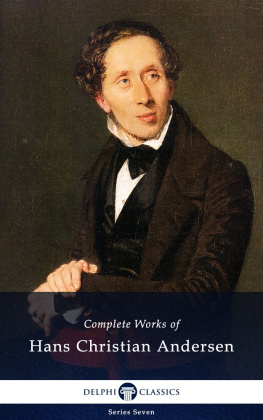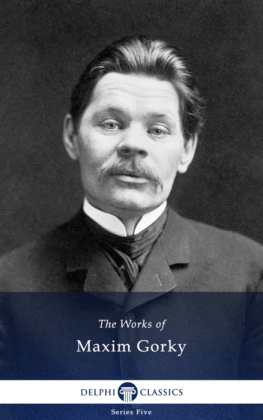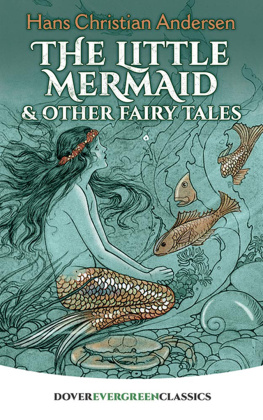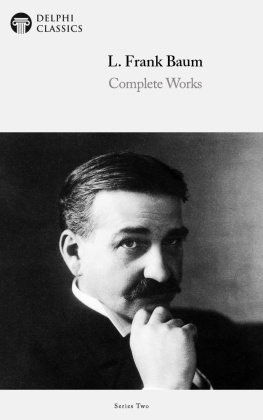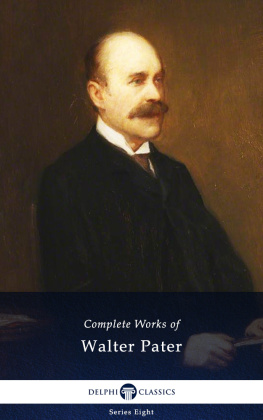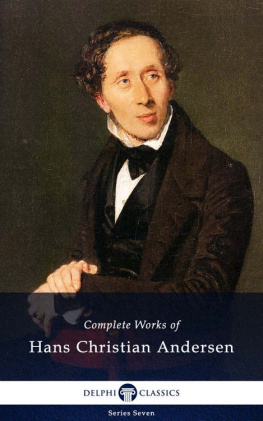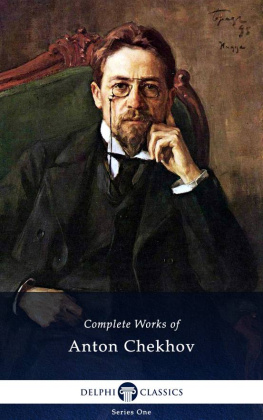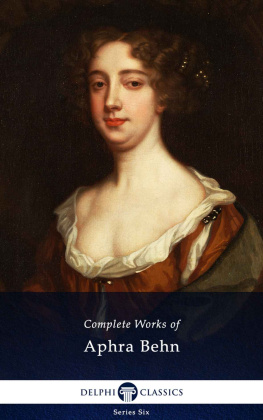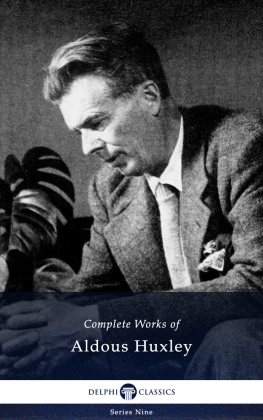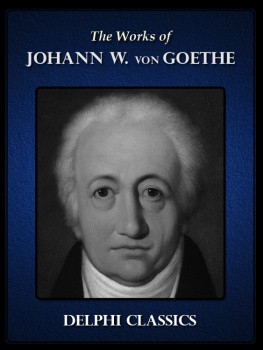
The Complete Works of
HANS CHRISTIAN ANDERSEN
(1805-1875)

Contents

Delphi Classics 2016
Version 1

The Complete Works of
HANS CHRISTIAN ANDERSEN

By Delphi Classics, 2016
COPYRIGHT
Complete Works of Hans Christian Andersen
First published in the United Kingdom in 2016 by Delphi Classics.
Delphi Classics, 2016.
All rights reserved. No part of this publication may be reproduced, stored in a retrieval system, or transmitted, in any form or by any means, without the prior permission in writing of the publisher, nor be otherwise circulated in any form other than that in which it is published.
ISBN: 978 1 78656 061 2
Delphi Classics
is an imprint of
Delphi Publishing Ltd
Hastings, East Sussex
United Kingdom
Contact: sales@delphiclassics.com
www.delphiclassics.com
Parts Edition Now Available!

Love reading Hans Christian Andersen ?
Did you know you can now purchase the Delphi Classics Parts Edition of this author and enjoy all the novels, plays, non-fiction books and other works as individual eBooks? Now, you can select and read individual novels etc. and know precisely where you are in an eBook. You will also be able to manage space better on your eReading devices.

The Parts Edition is only available direct from the Delphi Classics website.
For more information about this exciting new format and to try free Parts Edition downloads , please visit this link .
Interested in classic childrens literature?
Then youll love these eBooks:

These comprehensive editions are beautifully illustrated with the original artwork of some of the greatest children stories ever told, as well as offering a dazzling array of Delphi bonus features. Now you can rediscover the magic of these eternal classics on your eReader!
Explore Classic Childrens Literature
The Novels

The home believed to be Andersens birthplace, which is now a museum dedicated to the author, Odense, Denmark

Andersen by Constantin Hansen, 1836
THE IMPROVISATORE

Translated by Mary Botham Howitt
The Improvisatore was first published in Denmark by C. A. Reitzel in April 1835. It was an instant success and was quickly translated into German and then French, although it was not published in English until 1845.
During the 1820s, while Andersen was still at school, he began to dedicate himself to writing and in 1829 he released a short story entitled A Journey on Foot from Holmens Canal to the East Point of Amager. The work proved to be a considerable success, but he was unable to immediately capitalise on it and so in 1833 he managed to attain a grant from the King of Denmark to travel through Europe. Andersen came from a poor background and as a boy was forced to financially support himself, even before he moved to Copenhagen at fourteen to try to find employment as an actor. He was accepted into the Royal Danish Theatre, where the director of the company developed an attachment to him and persuaded Frederick VI to pay for his education.
The Improvisatore is often considered to be an autobiographical novel, which was influenced by the authors experiences and travels in Italy in 1833. Andersen had been greatly impressed by Italy and was inspired to write a work that combined detailed descriptions of the ancient ruins and beautiful scenery with a tale featuring aspects of the authors early life. The novel centres on Antonio, who is a poor and disadvantaged boy living in Rome. It traces the protagonists trials and tribulations as he attempts to navigate his precarious and difficult position in society. Antonio possesses a great talent for improvising both melody and lyrics and he comes to the attention of the members of the aristocracy. However, he struggles to reconcile his ambition as an artist and his desire and need for love.

Title page of the 1847 English edition of the novel
CONTENTS

The poet Mary Howitt, who translated many of Andersens works, including his first novel
ADVERTISEMENT.
THE IMPROVISATORE is the first of a series of Hans Christian Andersens complete Works, published by arrangement with the author, who has an interest in each book published. No uniform or complete edition of his works in English dress has ever appeared; the present edition by the American Publishers follows the authors Copenhagen Edition, together with additions and notes furnished by Mr. Andersen especially for this series. It gives the American Publishers great pleasure to be the means of introducing Andersen as a novelist, traveller, and poet to the large audience on this side of the water already familiar with his stories told for children. The remaining volumes of the series will follow rapidly, and the entire set will be completed at an early day.
NEW YORK, June, 1869.
CHAPTER I.
THE CIRCUMSTANCES OF MY CHILDHOOD.
WHOEVER has been in Rome is well acquainted with the Piazza Barberina, in the great square, with the beautiful fountain where the Tritons empty the spouting conch-shell, from which the water springs upwards many feet Whoever has not been there, knows it, at all events, from copper-plate engravings; only it is a pity that in these the house at the corner of the Via Felice is not given, that tall corner-house, where the water pours through three pipes out of the wall down into a stone basin. That house has a peculiar interest for me; it was there that I was born. If I look back to my tender youth, such a crowd of bright remembrances meet me, that I scarcely know where to begin; when I contemplate the whole drama of my life, still less do I know what I should bring forward, what I should pass over as unessential, and what points may suffice to represent the whole picture. That which appears attractive to me may not be so to a stranger. I will relate truly and naturally the great story, but then vanity must come into play, the wicked vanity, the desire to please. Already, in my childhood, it sprung up like a plant, and, like the mustard-seed of the gospel, shot forth its branches towards heaven, and became a mighty tree, in which my passions builded themselves nests.
Next page
